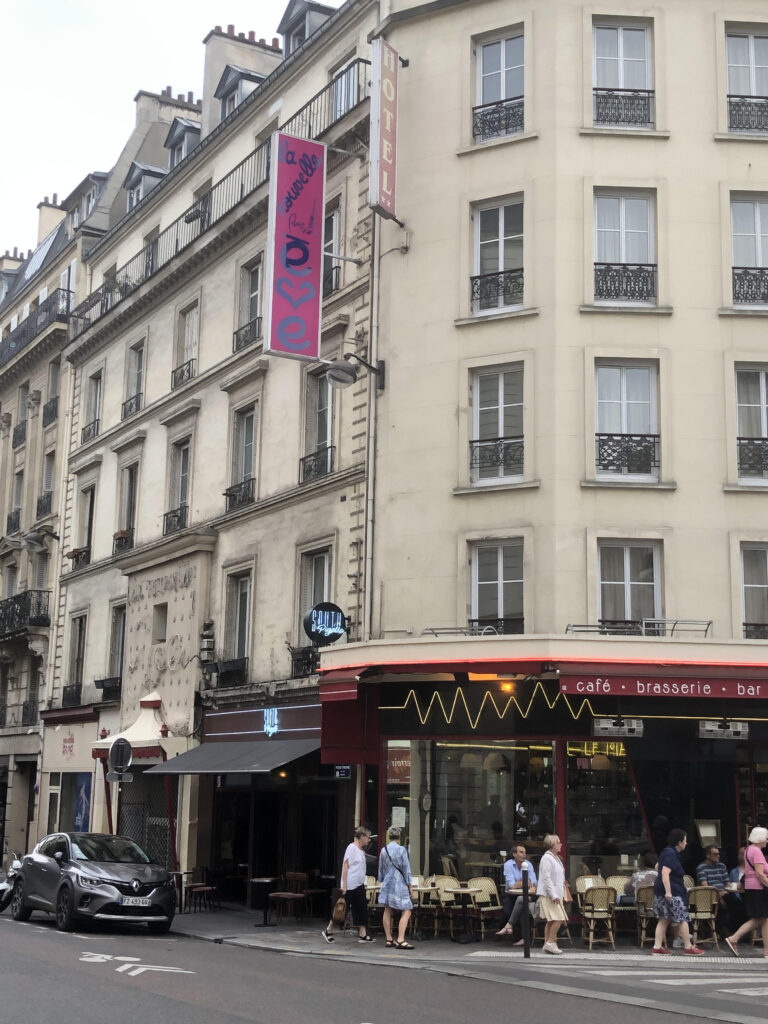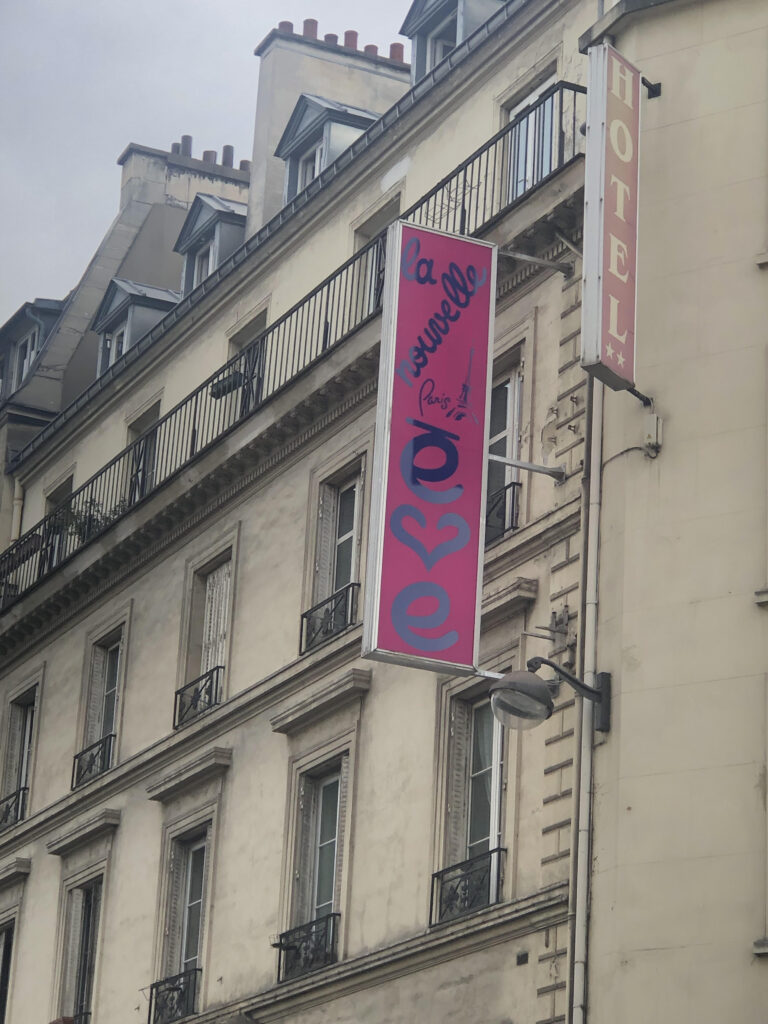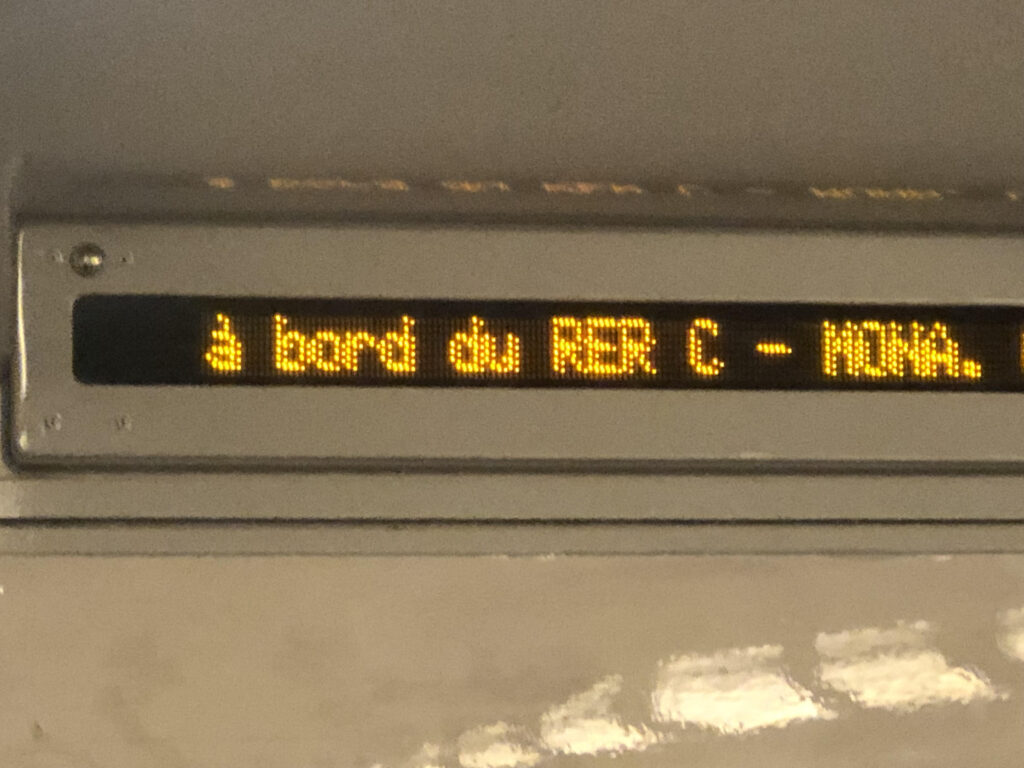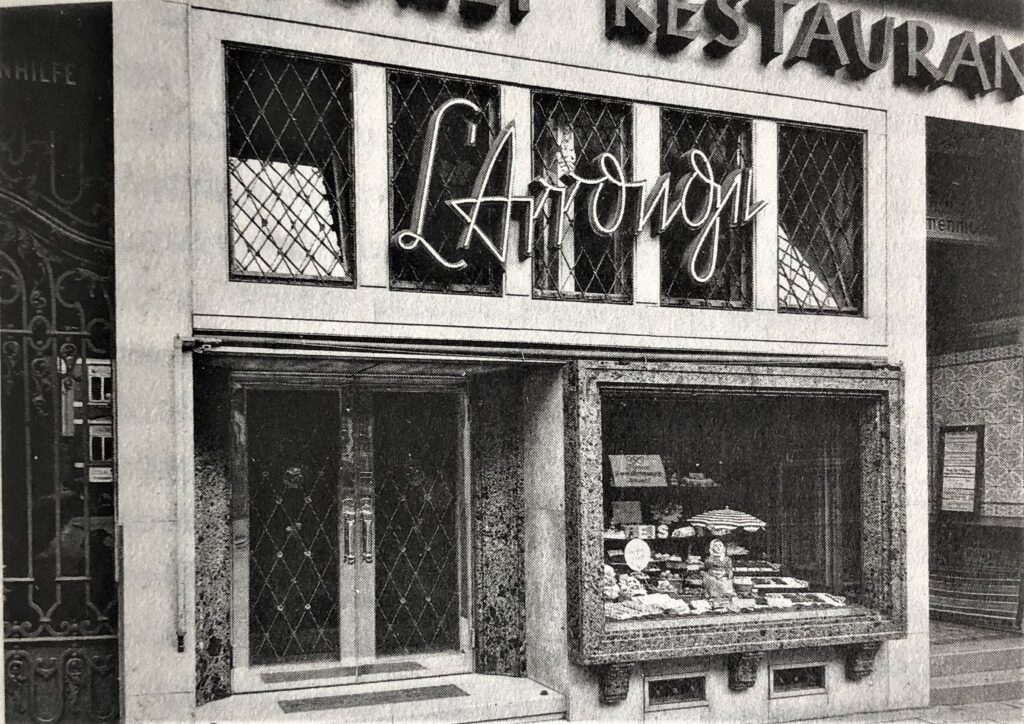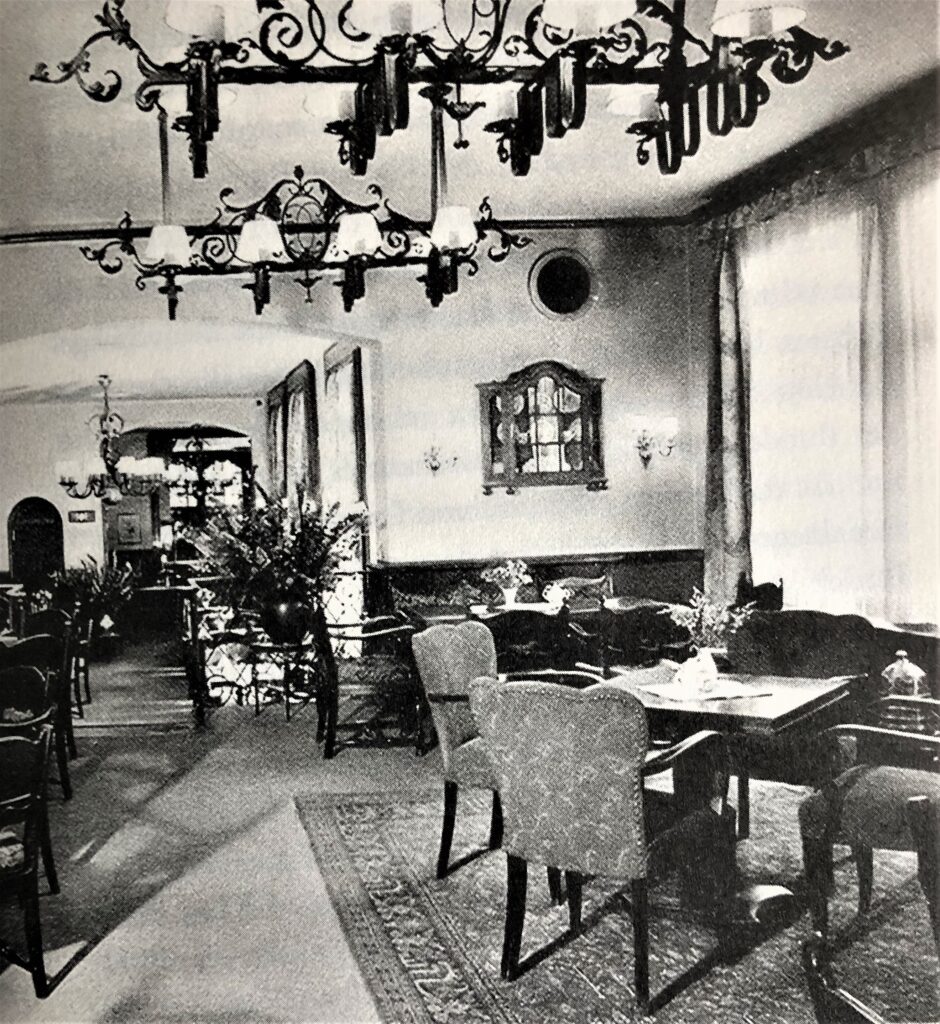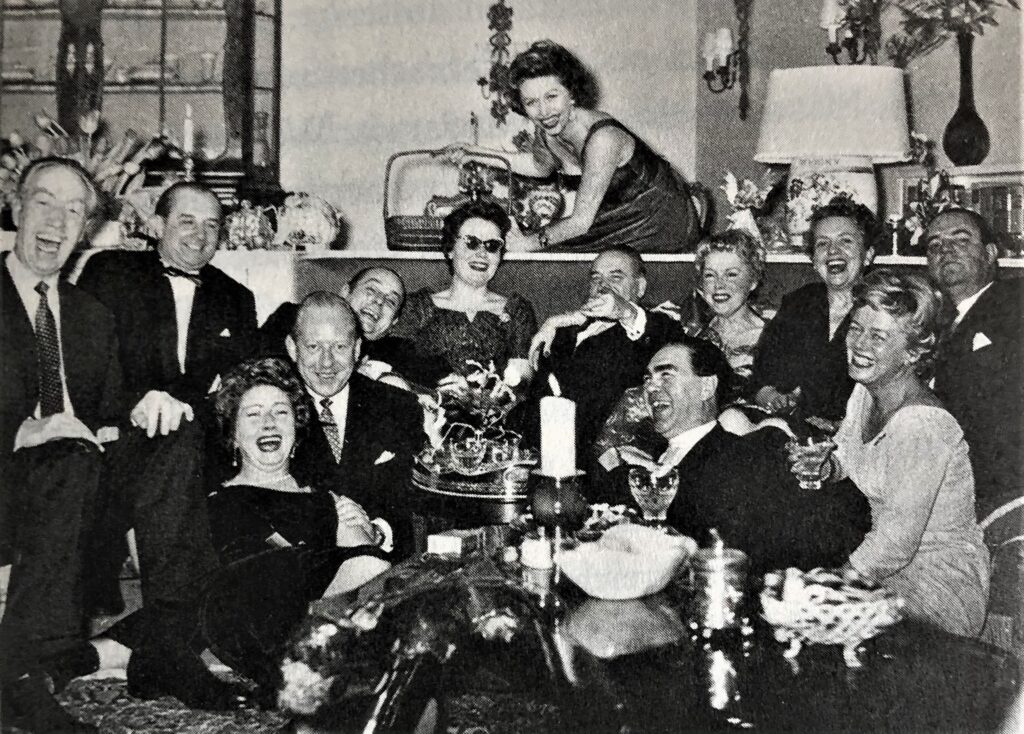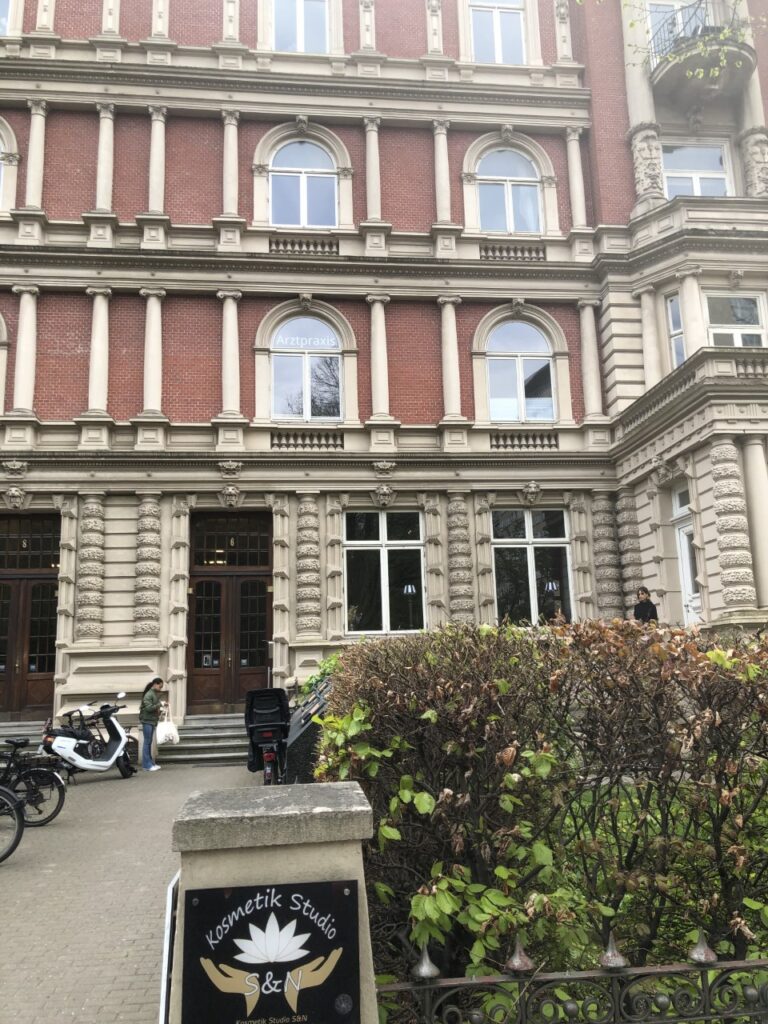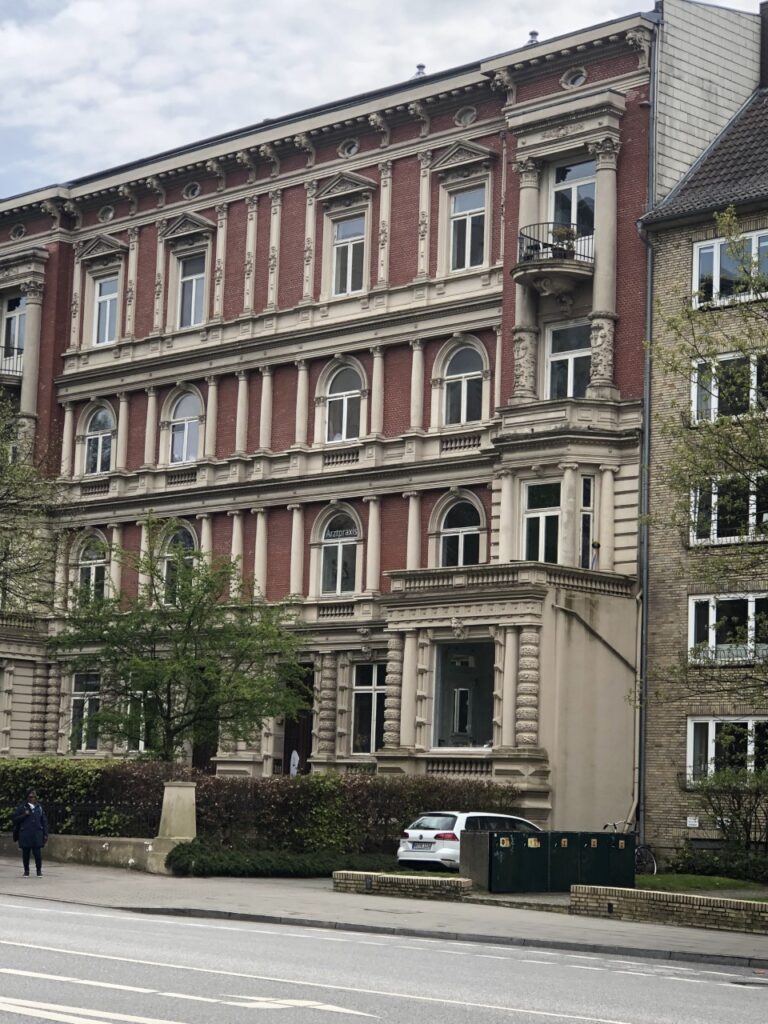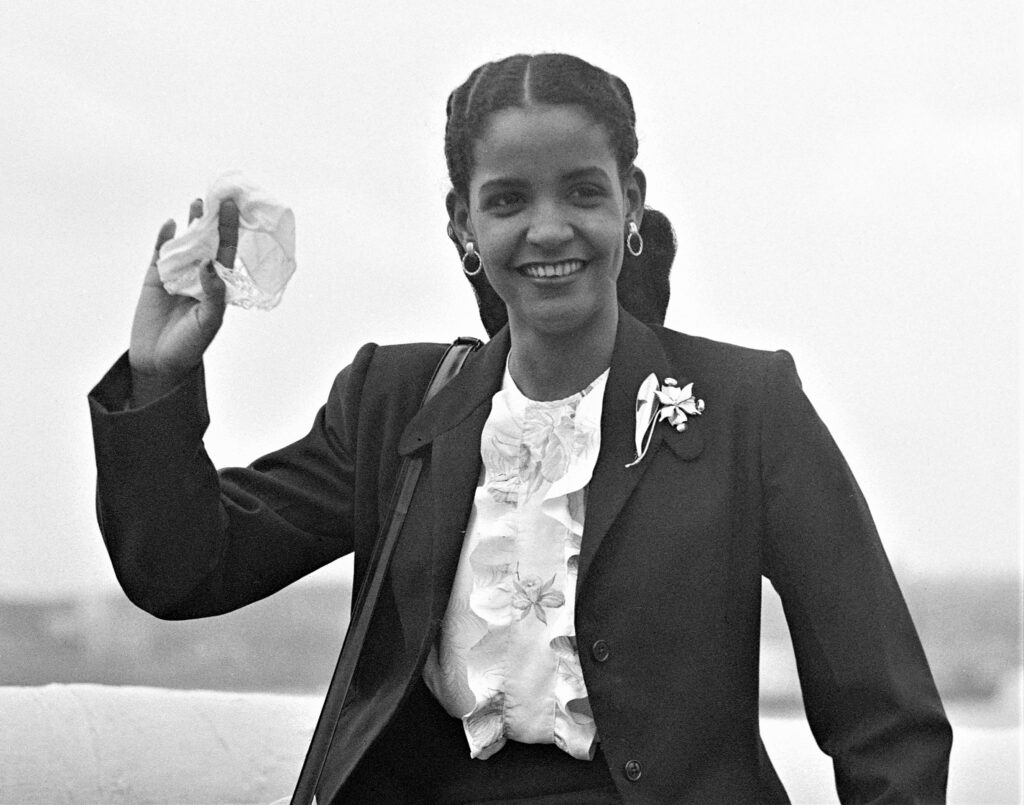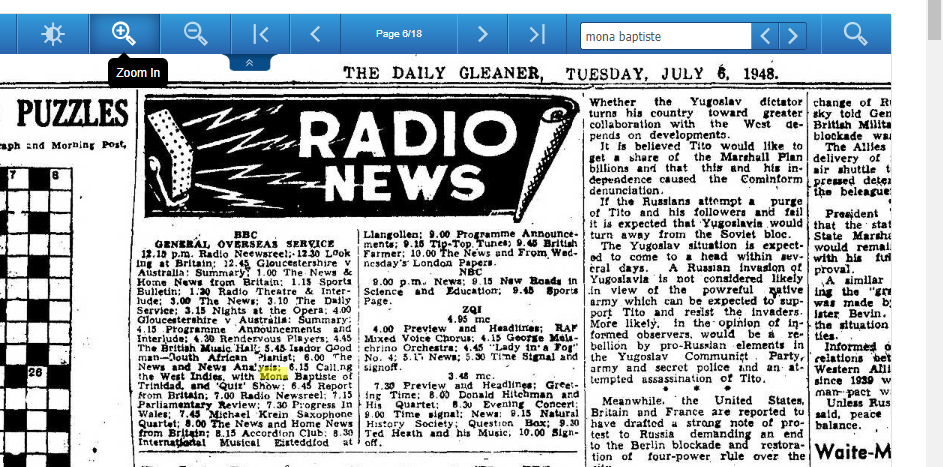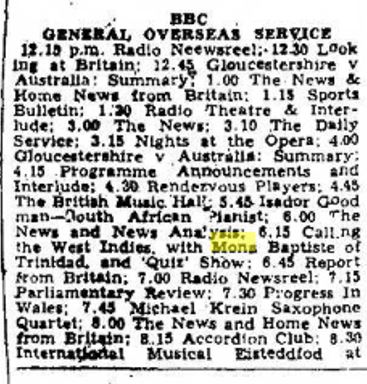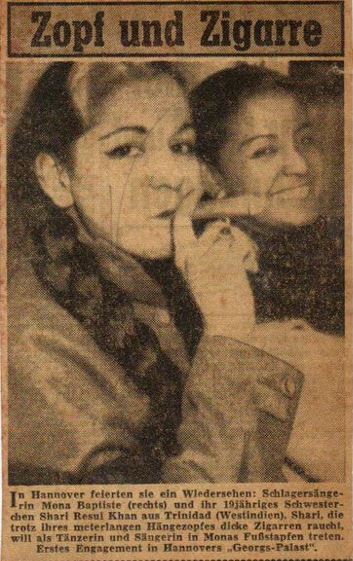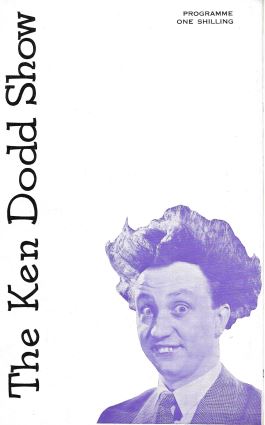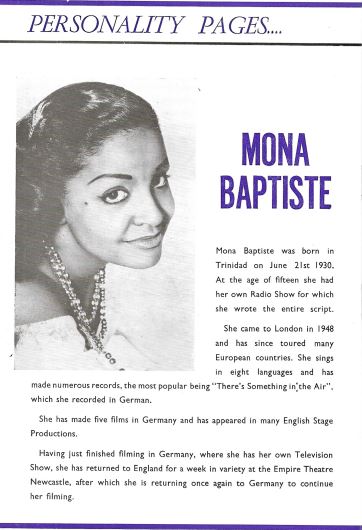On 5th January 1958 Mona’s first husband, Michael Carle was driving back to Hamburg from a business meeting in Travemunde, it was a fifty-two mile journey he never completed. His car skidded on ice, overturned and hit a tree. He was taken to a nearby hospital but died there.
Many sources on the internet will tell you that Mona was heartbroken and more or less stopped performing following his death. Citing an article by Angela Cobbinah of 11th October 2018, Wikipedia has this to say:
Baptiste was married to Michael Carle, whom she had met in London; after his death in a car accident in 1958 when their son Marcel was aged five, she retired.
This is a classic example of taking things you read on the internet with a bucket load of salt and one day we must get round to amending Mona’s Wikipedia entry as this is not the only complete falsehood in it. You can read the truth in our book What About the Princess? The Life and Times of Mona Baptiste – Mona had already started divorce proceedings against Carle and did not even attend his funeral.
And, as to giving up work, we already knew that wasn’t true but we were recently contacted out of the blue by Udo Hinz, a Researcher of the Jazz-History of the German university-Town of Göttingen with an additional fragment of evidence.
Udo told us that Mona performed in Gottingen for a week in April 1958 a little over three months after her husband’s death – so much for giving up performing and becoming a virtual recluse!
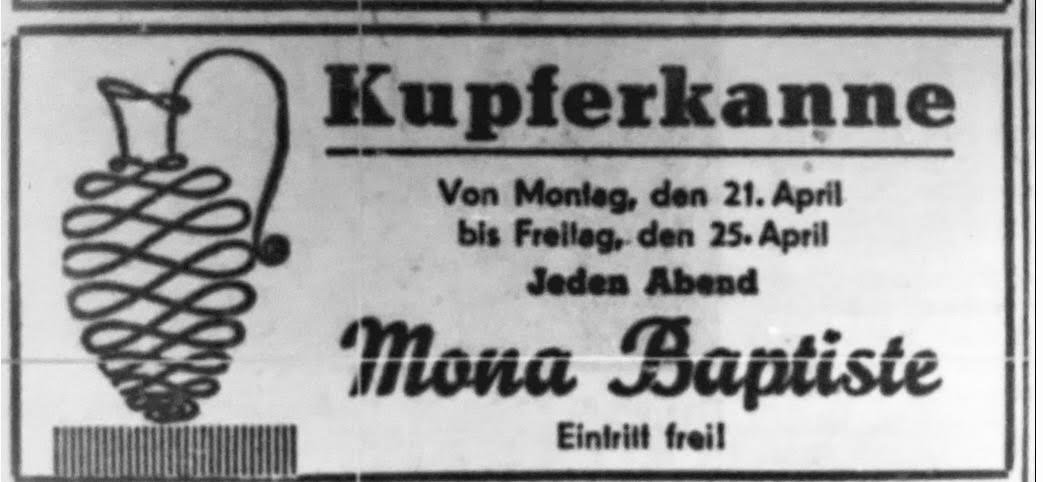
Udo tells us that the Kupferkanne was a small venue, a dance hall with a capacity of around 100 patrons. She appeared nightly (‘jeden abend’) and presumably the free entry (‘eintritt freil’) meant the club owners expected to do good business at the bar.

There must be much more evidence tucked away in the archives of local newspapers in Germany and, perhaps, one day, more scraps will emerge.
And of course, Mona had many strings to her bow. Even a cursory glance at IMdB (the International Movie Database) will show that Mona continued to appear in films and on TV shows throughout the ’60s. ’70s and ’80s. The moral of this story is treat anything you read about Mona on the internet with extreme caution and buy the book instead!

